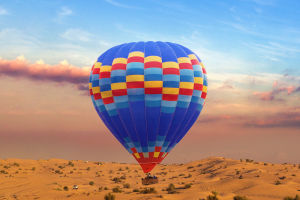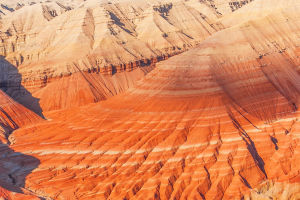The Lofoten Islands in Norway are a winter wonderland that captivates visitors with their stunning landscapes, peaceful villages, and enchanting atmosphere. Imagine walking across a snow-covered wooden bridge towards a cozy village of bright red and yellow houses nestled under towering mountains.
The winter air is crisp, and the snow glistens in the gentle light of a fading sunset. This is Lofoten—a perfect escape for those seeking adventure and tranquility in equal measure.
Getting to the Lofoten Islands
The Lofoten Islands are located in the northern part of Norway, and while they may seem remote, they are easily accessible. Travelers can reach the islands via several options:
By Air: There are flights from major cities in Norway, such as Oslo and Tromsø, to the nearest airport in Leknes or Svolvær. Flights range from NOK 1,500 to NOK 2,500 ($150 to $250 USD), depending on the season and availability.
By Ferry: Ferries from Bodø offer a scenic way to approach the islands, with stunning views of the rugged coastline. The ferry ride takes around 3 to 4 hours and costs approximately NOK 300 ($30 USD).
By Car: For those who enjoy road trips, driving to the Lofoten Islands is an experience in itself. The drive takes you through dramatic mountain passes and along the rugged coastline. Renting a car provides flexibility to explore the islands at your own pace.
Winter Activities in Lofoten
Once you’ve arrived, the Lofoten Islands offer an abundance of activities that allow visitors to experience the beauty of the region:
Northern Lights Viewing: Lofoten is one of the best places in the world to witness the Northern Lights. The long winter nights provide ample opportunity to see the sky come alive with green and purple hues. It’s a magical experience that draws photographers and adventurers from all over the globe.
Fishing Villages: The islands are dotted with traditional fishing villages and visiting them is like stepping back in time. Places like Reine and Henningsvær offer picturesque views, with their brightly colored houses standing against a backdrop of towering peaks and icy waters. These villages also give insight into the region’s fishing heritage, a vital part of Lofoten’s history.
Hiking and Nature Walks: Despite the snow, hiking is a popular activity in Lofoten during winter. Trails like the Reinebringen offer breathtaking views of the fjords and villages below.
While the paths can be icy, they’re manageable with the right footwear and equipment, making for an adventurous yet rewarding experience.
Practical Tips for Lykkers
Best Time to Visit: The best time to experience Lofoten’s winter magic is between November and March, when the Northern Lights are most visible, and the snow creates a serene atmosphere.
Clothing: Be sure to pack warm, layered clothing. Winter temperatures can drop significantly, especially in the evening. Insulated jackets, thermal layers, and good-quality winter boots are essential for staying comfortable.
Local Cuisine: Don’t miss out on tasting traditional Norwegian dishes, such as stockfish and cod. Many restaurants in the fishing villages serve freshly caught seafood, offering a true taste of Lofoten.
As a final point
The Lofoten Islands are a destination like no other.
With their dramatic landscapes, vibrant villages, and endless opportunities for winter adventure, they offer an unforgettable experience for Lykkers looking to escape the hustle and bustle of daily life.
Whether you’re chasing the Northern Lights or simply enjoying the serenity of a snow-covered village, the Lofoten Islands promise a journey filled with wonder and discovery.
Lofoten - Magic Winter - Norway
video by Mikolaj Gospodarek


